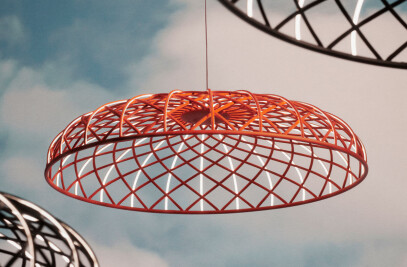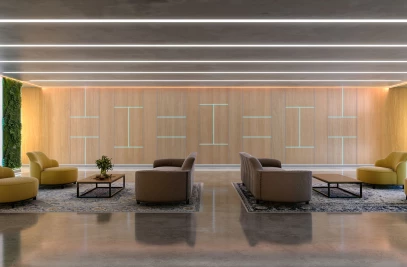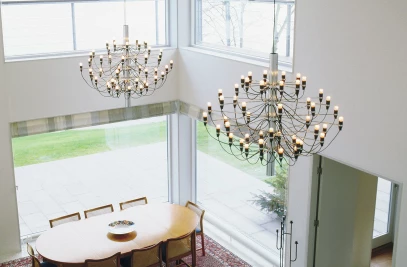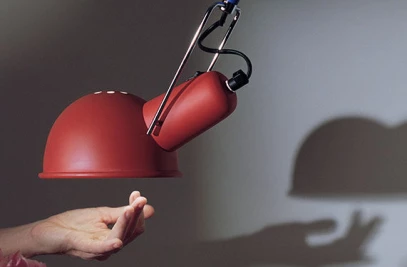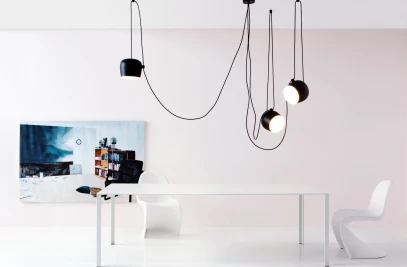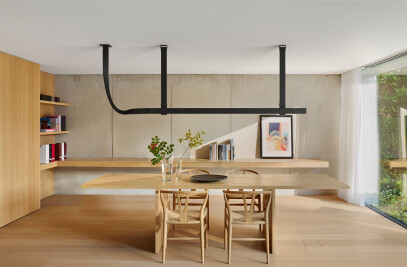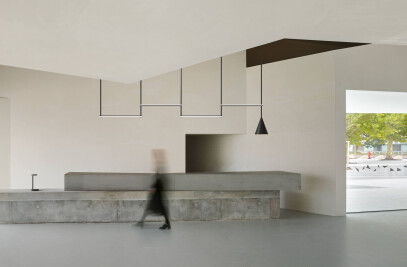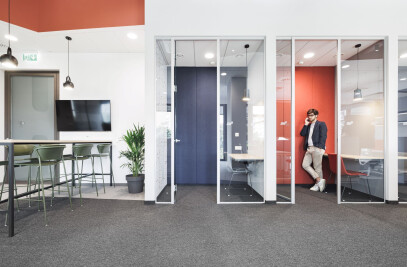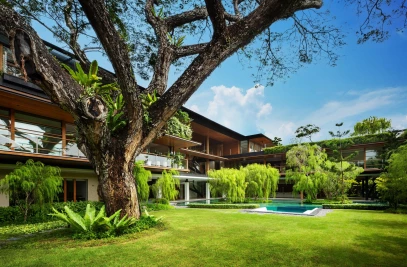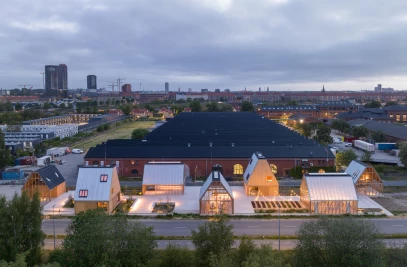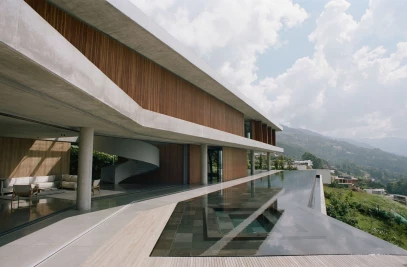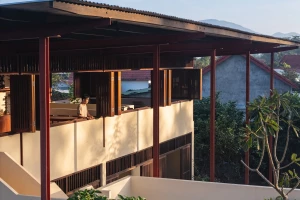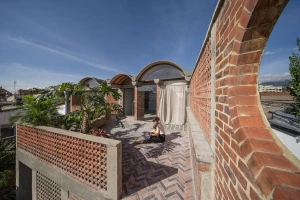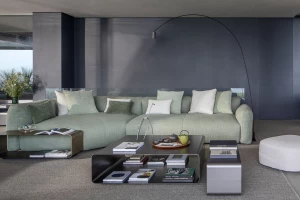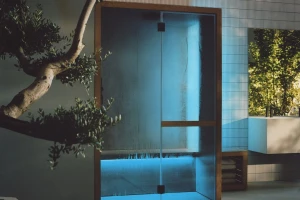In a smart building project Tridonic is demonstrating the successful practical application of its net4more toolbox for IP-based networking. The company has installed a total of 200 devices at its headquarters in Dornbirn, Austria. net4more provides a network for the connected devices, both wired via Power over Ethernet (PoE) and wireless via THREAD. The devices include occupancy sensors, air quality sensors and illuminance sensors.
In this pilot installation for net4more Tridonic is using the existing lighting infrastructure in its headquarters as the carrier technology. The individual sensors are linked to the luminaires and form a network which is connected to the internet and into which further devices (sensors, light point and other electronic devices) can be seamlessly integrated. The data collected is stored in the Cloud and made available via a documented and open interface for analysis purposes.The toolbox uses both wired and wireless transmission paths for communication between the luminaires, sensors and IP infrastructure. The toolbox integrates all kinds of components such as LED drivers, communication modules, sensors and communication infrastructure (routers, switches) on a uniform platform and makes the captured data and the control options for the connected devices available via an open interface. Power is supplied via conventional power cables or via Ethernet (Power over Ethernet/PoE). A special benefit here is that the solution is fully scalable and can be implemented in any large office complex or any other type of building.
Clear visualisation
The data captured by sensors for occupancy, air quality and illuminance are visualised in a heat mapping application. Graphics are used to provide a clear picture of particular parameters. These include percentage occupancy of the rooms, the proportion of carbon dioxide and fine dust particles in the air and the energy consumption of luminaires. All the values are transferred to and stored in Cloud applications at hourly intervals. The data can be evaluated there to serve as a basis for process optimisations. Tridonic can use the occupancy data, for example, to create detailed usage profiles for the different rooms, such as offices, conference rooms and staff kitchens. Specific measures can then be taken, such as adjusting room temperatures and drawing up alternative room occupancy plans. All the data in the heat mapping app can be viewed on a central monitor.
Better air quality
Air quality data is continuously recorded and is available for reporting purposes. The data also serves as a yardstick for optimum control of air conditioning systems to achieve the defined standard values for air quality. The power consumption data provides facility managers with information on peak loads so that suitable measures can be taken in good time. The heat mapping app shows precisely where in the rooms the luminaires are installed and with which sensors the luminaires are connected. As a central platform net4more delivers the database for additional and more in-depth analyses. Partner companies can use the platform and develop appropriate applications for other purposes and more detailed evaluations. The captured data therefore provides a basis for extracting solid information which can then lead to concrete benefits such as optimised humidity levels or room usage.
Practical benefits
“The pilot installation at our headquarters is providing impressive proof of the practical benefits of net4more. We are benefiting in many ways from IP-based integration of three different sensor types in our lighting infrastructure. We are monitoring the air quality in the entire building and the next step will be to use that information to create better conditions for our colleagues. We are also using the data from the occupancy sensors to optimise processes relating to the use of meeting rooms and offices. And last but not least we are optimising the energy efficiency of our lighting systems and saving on costs as a result”, explained Thomas Moder, Segment Manager Controls & Connectivity at Tridonic.
Apps offer easy use in practical applications
4remote –Wireless operation of Tridonic lighting systems and IoT applications:With this central app, users can quickly and easily adapt the lighting and all subsystems integrated into the net4more system to their personal requirements. A smartphone or tablet performs the function of a remote control or traditional wall switch. It can be used to switch luminaires on or off or dim them, and preferred lighting scenarios can also be selected.
4commissioning – Assistance with planning and commissioning:4commissioning can be used to plan lighting systems from the comfort of a desk and then easily commission them on site wirelessly. To this end, the authorised expert locates the individual luminaires and other subsystems via an app, assigns them accordingly and creates the required lighting scenarios and moods.
















